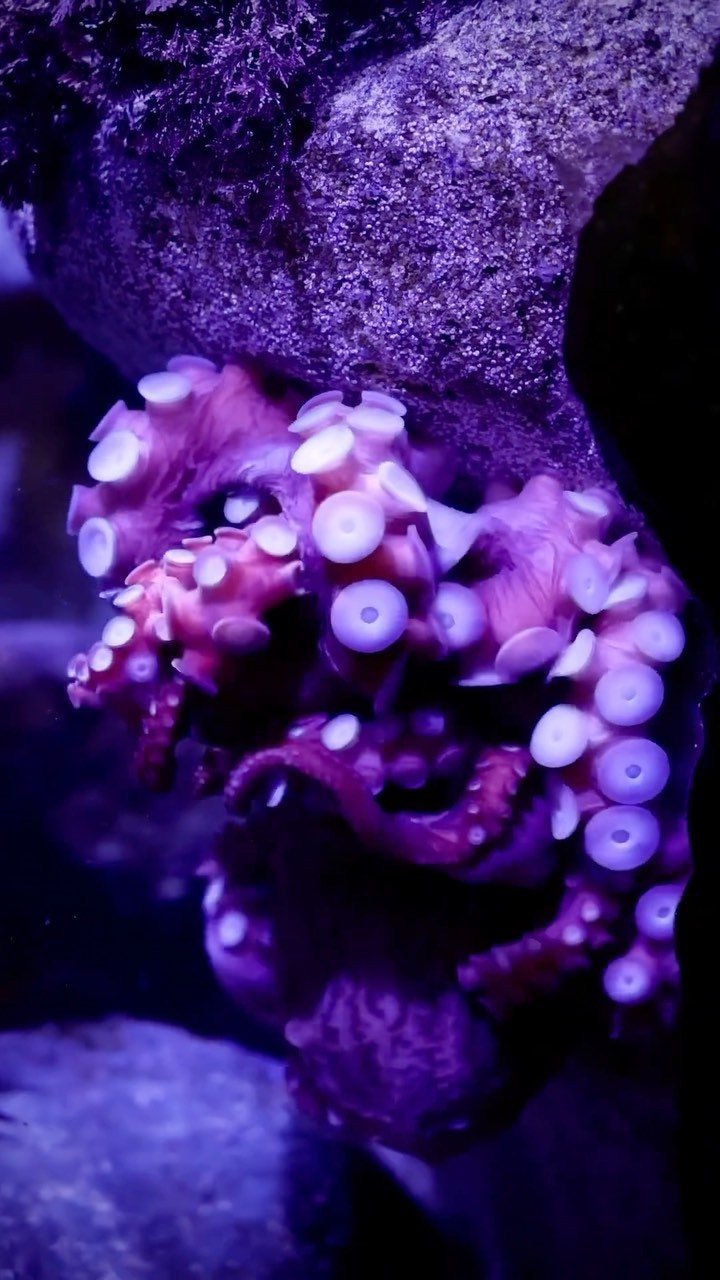The Spin Cycle: A Fascinating Dance of Nature
Have you ever taken a moment to observe the wondrous creatures that inhabit our planet? From the towering elephants of the savannah to the tiny beetles that scuttle across our paths, the animal kingdom never ceases to amaze us with its diversity and intriguing behaviors. Today, let’s delve into the captivating world of the spin cycle, a fascinating phenomenon that leaves us in awe of the natural world.
1. The Elusive Octopus
The enigmatic octopus is the first creature that comes to mind when we think of the spin cycle. With its mesmerizing tentacles and intelligent eyes, the octopus has captured the hearts of many nature enthusiasts. But did you know that these incredible beings shed their suction cups?
2. Shedding Suction Cups
Yes, you read that right! Just like snakes shedding their skin, octopuses shed their suction cups periodically. The lining of their suction cups is called a chitinous cuticle; through a remarkable behavior, they rid themselves of the old and grow new ones. This process is known as the spin cycle.
The spin cycle begins when an octopus flexes and twists its tentacles in a rhythmic dance. As it moves, the force exerted causes the old chitinous cuticle to crack, allowing the suction cups to detach. Once freed from the old covering, the suction cups are effortlessly replaced with fresh, functional ones. This incredible mechanism ensures that the octopus can maintain its exceptional grip and maneuverability in its underwater realm.
3. The Purpose of the Spin Cycle
You may wonder why octopuses engage in the spin cycle. Well, it serves two crucial purposes. Firstly, shedding worn-out suction cups allows for the continuous renewal and optimal functioning of these vital structures. Imagine trying to hold onto prey or navigate the intricate ocean floor without the ability to maintain a firm grip! The spin cycle ensures that octopuses never face such a challenge.
Secondly, the spin cycle effectively allows octopuses to remove accumulated debris and microorganisms from their suction cups. As they flex, twist, and detach their old suction cups, any unwanted hitchhikers or debris are dislodged, leaving them fresh and clean. This enables octopuses to cling effortlessly to various surfaces without any hindrance.
4. The Dance of the Ocean
Observing an octopus engaged in the spin cycle truly is an awe-inspiring sight. Their graceful movements resemble a captivating dance as they rhythmically flex and twist their tentacles. The spin cycle is not a singular event but a continuous process that octopuses engage in throughout their lives. It serves as a reminder of the dynamic nature of these creatures and the perpetual balance they seek between survival and adaptation.
5. Beyond the Octopus: Other Fascinating Spin Cycles
While the spin cycle of the octopus is undoubtedly remarkable, it is not the only instance of this captivating behavior in the animal kingdom. Several other creatures exhibit similar mechanisms to shed and renew vital body parts.
One such example is the renowned crab molt. Crabs, with their hard exoskeletons unable to grow and expand, molt their shells to accommodate their increasing size. This process involves shedding the old exoskeleton and forming a new one. The spin cycle-like behavior comes into play as crabs wriggle, twist, and flex their bodies to free themselves from the rigid confines of their previous shell.
Another mesmerizing spin cycle occurs in the fascinating world of insects. Take the humble cicada, for instance. These tiny creatures shed their exoskeletons in a process called molting. As they prepare for this transformation, they undergo a series of movements, akin to a spin cycle, to shed their old exoskeleton and emerge with a fresh, soft one. Witnessing a cicada metamorphosis is like observing nature’s spin cycle, symbolizing transformation and growth.
6. Reflections on the Spin Cycle
The spin cycle, whether witnessed in the ocean’s depths, on the shores where crabs scuttle, or in the canopy where cicadas sing, reminds us of the innate drive for renewal deeply ingrained in the fabric of life itself. It is a testament to the endless pursuit of adaptation and survival, a dynamic process that weaves its way through the intricate tapestry of nature.
As we marvel at the spin cycle exhibited by octopuses, crabs, and insects, let us be inspired by their resilience and ability to shed the old, making way for something new. Let us strive to embrace change and growth, just as nature has done since time immemorial.
In the grand symphony of life, the spin cycle is but one verse in a never-ending anthem of evolution. So, the next time you encounter an octopus lazily swimming through the ocean’s depths or a crab gracefully molting its rigid shell, take a moment to appreciate the beauty and wisdom inherent in the spin cycle. After all, it is through these intricate mechanisms that nature reveals its most captivating secrets, urging us to seek a deeper understanding of the world we share.
*****
Source Description
Spin cycle! 🌀
Did you know octopuses shed their suction cups? The lining of their suction cups is called a chitinous cuticle, and they shed them periodically by doing this cool behavior. 🐙
Video by Robin Riggs

